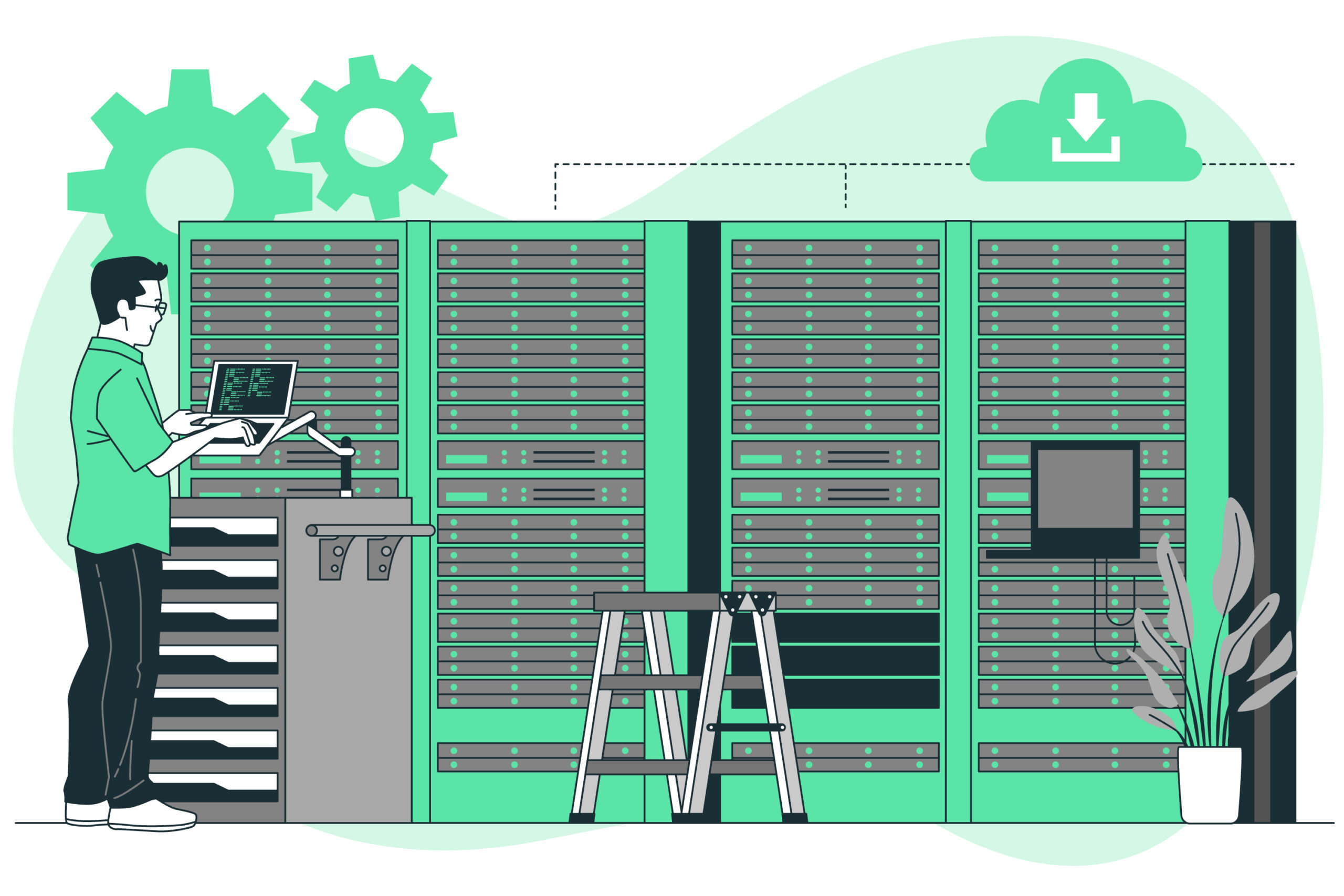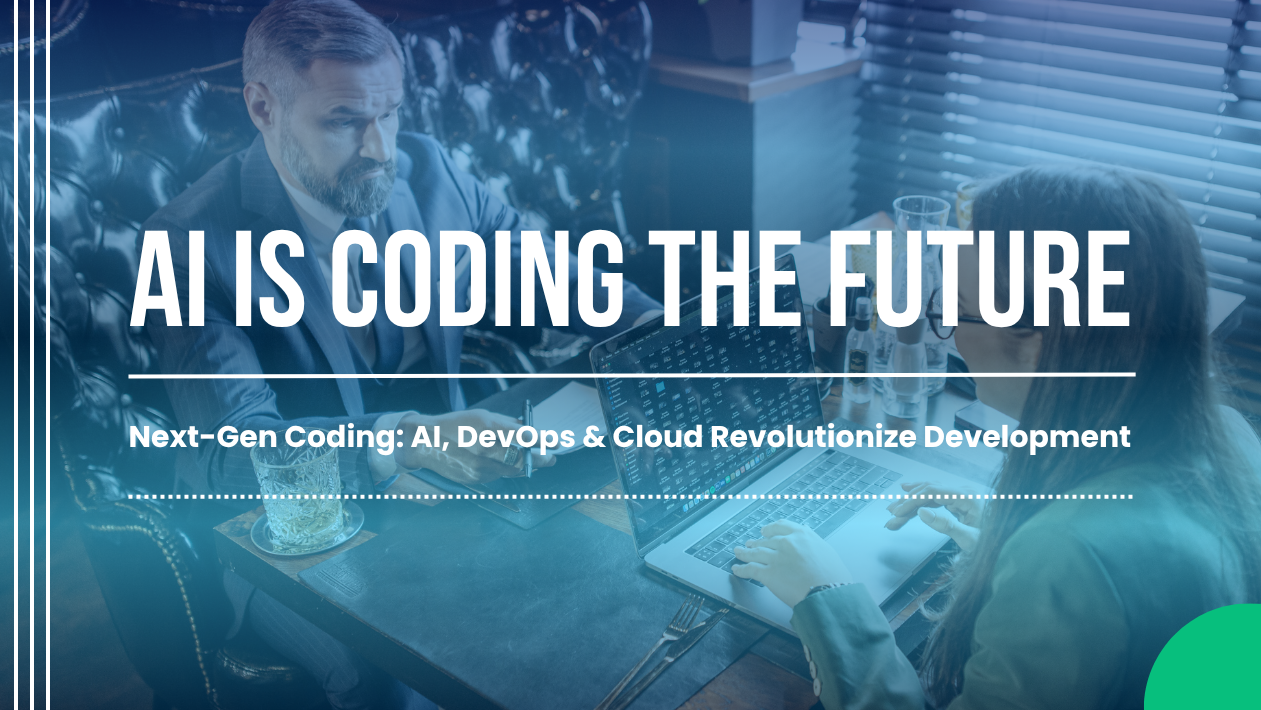Introduction
In the past, moving to the cloud meant lifting legacy systems and shifting them to VMs. Today, the real transformation lies in cloud-native infrastructure—a paradigm shift that involves designing, building, and running applications to fully exploit the advantages of the cloud.
What Does Cloud-Native Mean?
Cloud-native infrastructure is built on containers, Kubernetes orchestration, microservices architecture, continuous delivery pipelines, and declarative APIs. It’s about decoupling the old monolith into composable, flexible, and scalable components.
Kubernetes: The Control Plane for the Modern Cloud
Kubernetes has emerged as the backbone of cloud-native environments. It orchestrates containers, scales workloads dynamically, and automates rollouts, healing, and deployments—ideal for complex B2B enterprise systems.
Benefits for Enterprise Infrastructure
- Elastic Scalability
- Built-in Observability
- Vendor Independence
- Simplified DevOps Processes
These translate to faster delivery cycles, better uptime, and deeper integration potential with partner systems.
Modern Networking in Cloud-Native Infrastructure
Service mesh technologies like Istio and Linkerd enable fine-grained control over microservices communication. They offer traffic shaping, encryption, and observability—all without changing application code.
CI/CD for Cloud-Native
Pipelines using GitOps tools like ArgoCD and Flux ensure that your infrastructure is always in sync with your source code repository. This gives B2B companies unprecedented deployment control and rollbacks.
Declarative Infrastructure: Why YAML Rules
Writing infrastructure in code (YAML, JSON) allows you to version control, audit, and replicate environments. This is vital for B2B organizations that need traceability and compliance across multiple projects.
Observability and Monitoring
In a cloud-native world, observability isn’t optional. Tools like Prometheus, Grafana, and OpenTelemetry provide deep insights into system behavior, helping teams proactively resolve bottlenecks.
Storage and State in Cloud-Native Apps
While stateless services are easy, most enterprise apps require persistent storage. Cloud-native patterns like StatefulSets, dynamic volume provisioning, and operator frameworks make this possible.
Multi-Cloud Strategy with Cloud-Native Tools
B2B companies are adopting multi-cloud strategies to avoid vendor lock-in. With container orchestration and cloud-agnostic tools, businesses can deploy workloads across providers with minimal friction.
Zero Trust Security in Cloud-Native Infrastructure
With microservices spread across clouds, Zero Trust principles (authenticate everything, encrypt all traffic) are critical. Cloud-native tools like HashiCorp Vault and Istio enforce identity-aware access policies.
Compliance Automation
Regulatory compliance (GDPR, SOC2, HIPAA) can be integrated into pipelines. Cloud-native policy engines like Open Policy Agent (OPA) allow enforcement of security and compliance at the infrastructure level.
Internal Developer Platforms (IDPs)
More enterprises are building IDPs—self-service portals for developers to provision cloud-native infrastructure safely, accelerating innovation while retaining guardrails.
The Tech Whale’s Cloud-Native Enablement
The Tech Whale helps B2B clients modernize their infrastructure using containerized workloads, CI/CD automation, and platform engineering strategies—reducing time to market and enhancing reliability.
Future Trends in Cloud-Native Infrastructure
Expect more integration with AI, self-healing infrastructure powered by ML, and tighter DevSecOps practices embedded in infrastructure design.
Conclusion Cloud-native isn’t a buzzword—it’s the future of enterprise infrastructure. Companies that embrace its principles will build systems that are resilient, fast, and adaptable to constant change.





